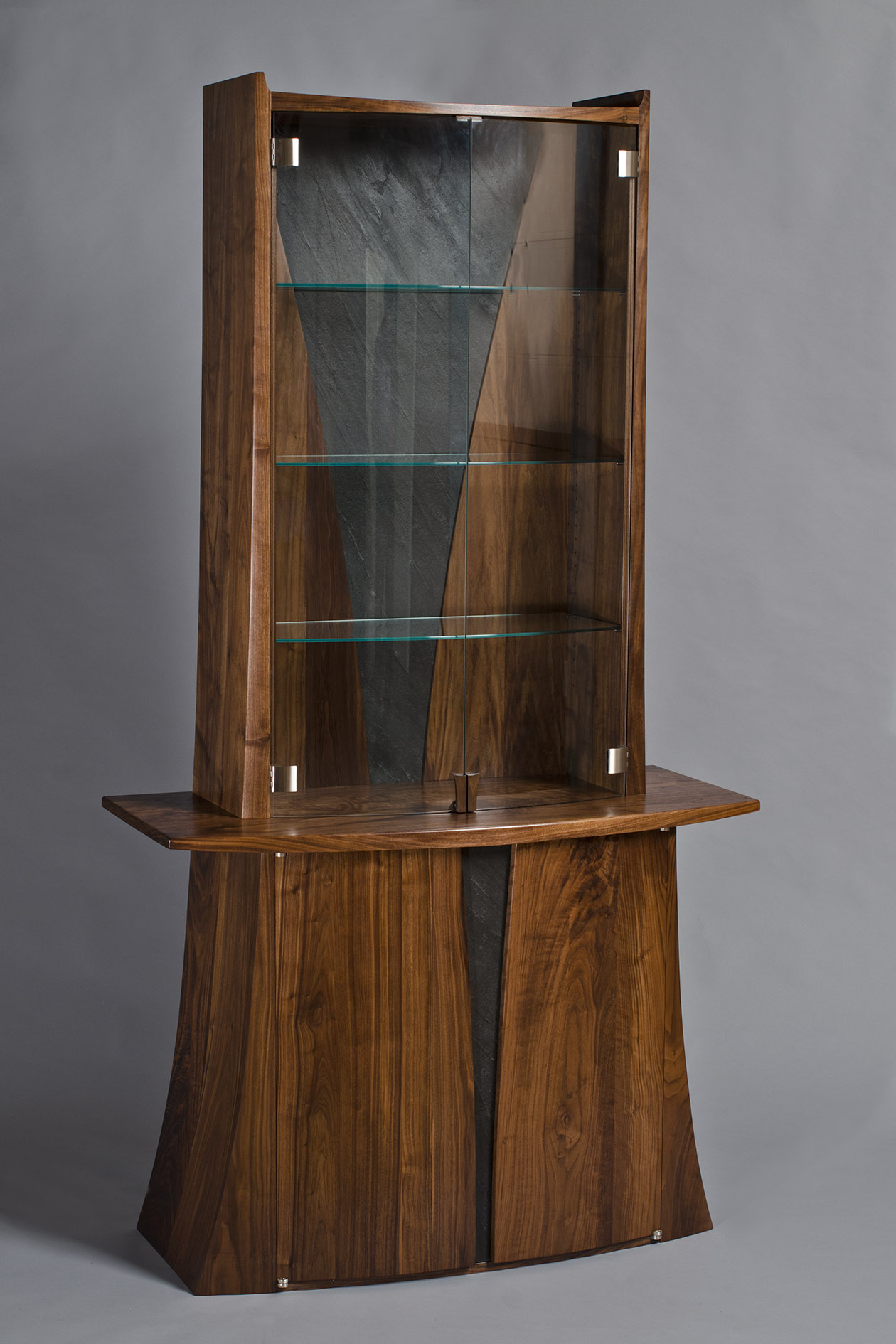All Categories
Featured
Door positioning is an important yet typically undervalued element in home layout. It not just affects the performance and appearances of a space however additionally adds to the total consistency and livability of a home. By understanding the principles behind calculated door positioning, home owners and designers can develop insides that flow flawlessly, feel well balanced, and boost day-to-day living.
Doors are more than entrance points; they establish how individuals browse and connect within a home.
Practical Tips:
Direct Pathways: Area doors in places that line up with natural strolling courses, minimizing unnecessary detours. A door leading to the garage must connect easily to the kitchen for easy grocery dumping.
Clearance: Guarantee ample space around doors to avoid problems with furnishings or structural aspects.
Access: In multi-generational homes, consider door sizes and limits that suit flexibility help.
The positioning of doors can dramatically boost all-natural illumination and ventilation, producing a healthier and a lot more inviting interior setting.
Optimizing Methods:
Straighten with Windows: Placing doors opposite home windows assists channel fresh air via the home, specifically in cozy climates.
Glass Panels: Incorporate glass-paneled doors to lighten up darker areas and lower dependency on fabricated illumination.
Orientation: Place exterior doors to capitalize on sunlight at different times of the day. For instance, a south-facing door captures heat and light in colder climates.
Reliable door placement respects the requirement for both shared and private spaces within a home.
Placement Approaches:
Barrier Areas: Make use of corridors or transitional locations to separate personal rooms like rooms from communal areas.
Shower rooms: Locate washroom doors out of direct sight from eating or living rooms to keep discretion.
Office: Position doors to minimize sound and aesthetic disturbances, especially in open-plan designs.
Doors contribute to the visual language of a home and must be attentively incorporated into its style.
Design Tips:
Percentages: Guarantee door sizes are proportional to the room's dimensions for a well balanced appearance.
Proportion: Balanced door placement can create a sense of order and sophistication in shared spaces.
Visual Flow: Line up door styles and completed with the home's overall design style for consistency.
Door positioning can play a vital duty in preserving indoor convenience and minimizing power costs.
Energy-Saving Solutions:
Weatherproofing: Exterior doors need to be sealed and positioned to decrease drafts and heat loss.
Zoning: Use doors to create thermal zones within the home, permitting targeted home heating or air conditioning.
Sunlight and Wind Factors to consider: In gusty locations, area doors far from prevailing winds or install windbreaks to improve energy effectiveness.
Door positioning frequently brings much deeper social or symbolic meanings, affecting layout decisions.
Instances:
![]()
Feng Shui Principles: According to Feng Shui, the major entrance must invite favorable power (" chi") and avoid straight placement with back entrances to avoid power loss.
Directional Positioning: Some societies believe that certain door positionings bring success or consistency.
Grand Entrances: A well-placed major door can act as an icon of friendliness and visibility.
![]()
Last Thoughts
The scientific research of door placement goes beyond functional factors to consider to form the way we experience and interact with our homes. By concentrating on activity, light, privacy, visual appeals, and even social beliefs, you can make sure that your home is not only practical but additionally a shelter of equilibrium and beauty. Thoughtful door positioning transforms an average residence into a room that feels without effort made and flawlessly fit to its citizens.
- Facilitating Activity and Ease Of Access
Doors are more than entrance points; they establish how individuals browse and connect within a home.
Practical Tips:
Direct Pathways: Area doors in places that line up with natural strolling courses, minimizing unnecessary detours. A door leading to the garage must connect easily to the kitchen for easy grocery dumping.
Clearance: Guarantee ample space around doors to avoid problems with furnishings or structural aspects.
Access: In multi-generational homes, consider door sizes and limits that suit flexibility help.
- Utilizing Light and Air
The positioning of doors can dramatically boost all-natural illumination and ventilation, producing a healthier and a lot more inviting interior setting.
Optimizing Methods:
Straighten with Windows: Placing doors opposite home windows assists channel fresh air via the home, specifically in cozy climates.
Glass Panels: Incorporate glass-paneled doors to lighten up darker areas and lower dependency on fabricated illumination.
Orientation: Place exterior doors to capitalize on sunlight at different times of the day. For instance, a south-facing door captures heat and light in colder climates.
- Balancing Privacy and Openness
Reliable door placement respects the requirement for both shared and private spaces within a home.
Placement Approaches:
Barrier Areas: Make use of corridors or transitional locations to separate personal rooms like rooms from communal areas.
Shower rooms: Locate washroom doors out of direct sight from eating or living rooms to keep discretion.
Office: Position doors to minimize sound and aesthetic disturbances, especially in open-plan designs.
- Visual and Style Factors To Consider
Doors contribute to the visual language of a home and must be attentively incorporated into its style.
Design Tips:
Percentages: Guarantee door sizes are proportional to the room's dimensions for a well balanced appearance.
Proportion: Balanced door placement can create a sense of order and sophistication in shared spaces.
Visual Flow: Line up door styles and completed with the home's overall design style for consistency.
- Power Efficiency
Door positioning can play a vital duty in preserving indoor convenience and minimizing power costs.
Energy-Saving Solutions:
Weatherproofing: Exterior doors need to be sealed and positioned to decrease drafts and heat loss.
Zoning: Use doors to create thermal zones within the home, permitting targeted home heating or air conditioning.
Sunlight and Wind Factors to consider: In gusty locations, area doors far from prevailing winds or install windbreaks to improve energy effectiveness.
- Symbolic and social Viewpoints
Door positioning frequently brings much deeper social or symbolic meanings, affecting layout decisions.
Instances:

Feng Shui Principles: According to Feng Shui, the major entrance must invite favorable power (" chi") and avoid straight placement with back entrances to avoid power loss.
Directional Positioning: Some societies believe that certain door positionings bring success or consistency.
Grand Entrances: A well-placed major door can act as an icon of friendliness and visibility.

Last Thoughts
The scientific research of door placement goes beyond functional factors to consider to form the way we experience and interact with our homes. By concentrating on activity, light, privacy, visual appeals, and even social beliefs, you can make sure that your home is not only practical but additionally a shelter of equilibrium and beauty. Thoughtful door positioning transforms an average residence into a room that feels without effort made and flawlessly fit to its citizens.
Latest Posts
Secure Your Home with Seamless Gutter Solutions for Illinois Climate
Published Apr 20, 25
1 min read
Your Roof Covering Substitute Journey: A Complete Walkthrough
Published Apr 20, 25
2 min read
Floor Covering Professionals Who Treat You Like Household
Published Apr 19, 25
1 min read
More
Latest Posts
Secure Your Home with Seamless Gutter Solutions for Illinois Climate
Published Apr 20, 25
1 min read
Your Roof Covering Substitute Journey: A Complete Walkthrough
Published Apr 20, 25
2 min read
Floor Covering Professionals Who Treat You Like Household
Published Apr 19, 25
1 min read